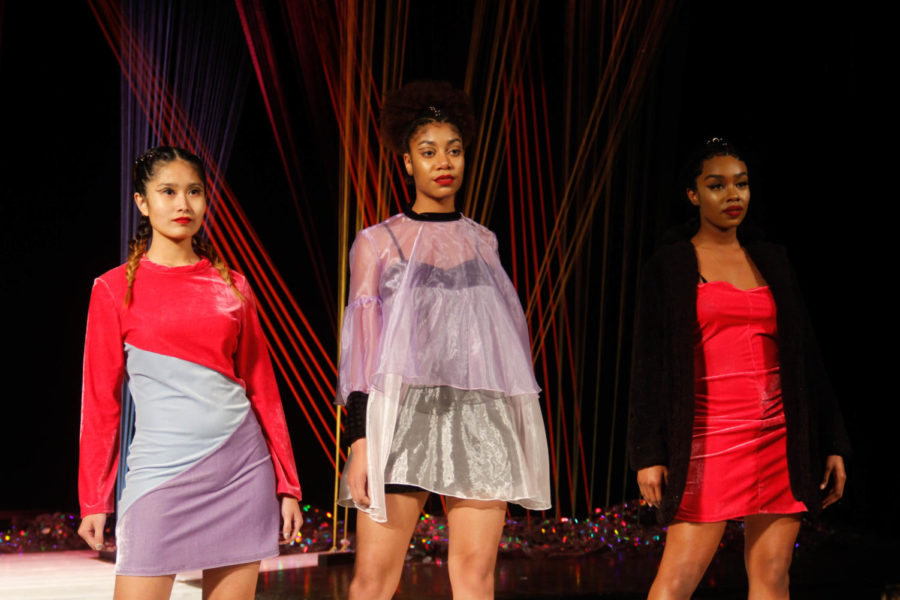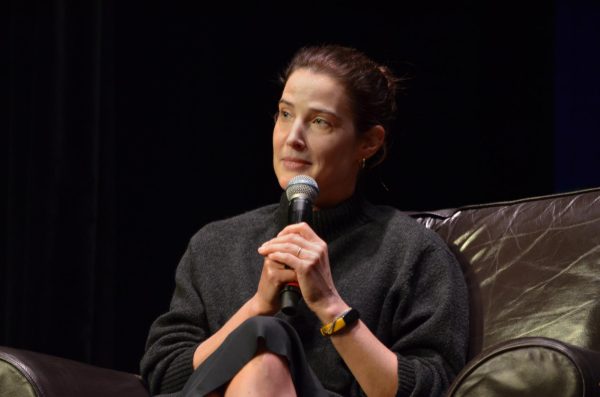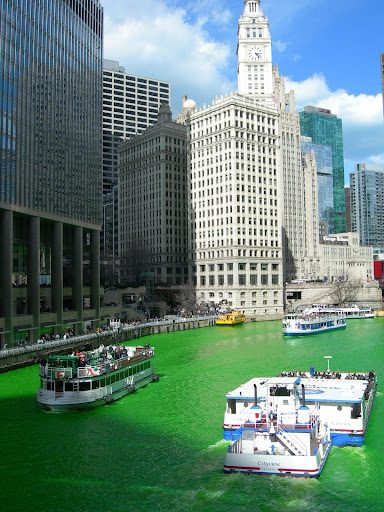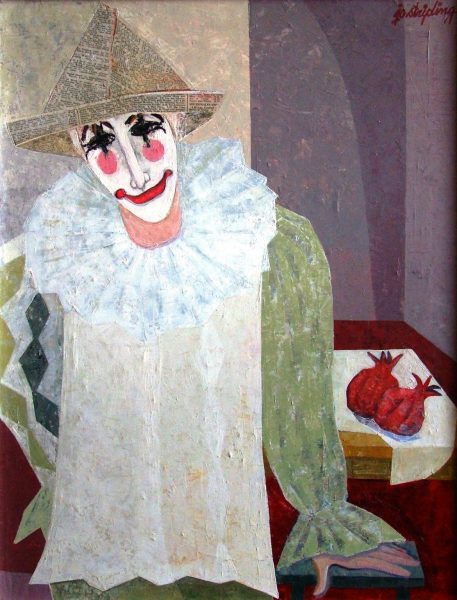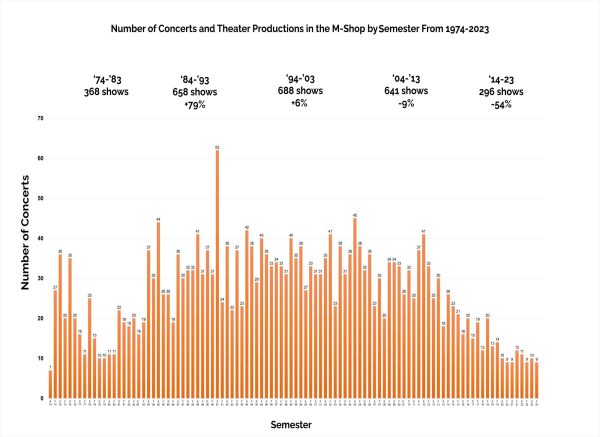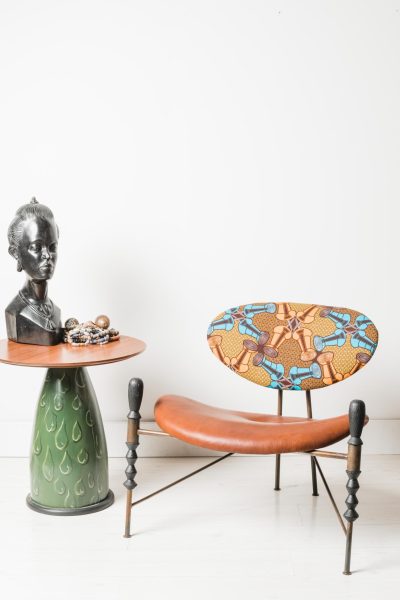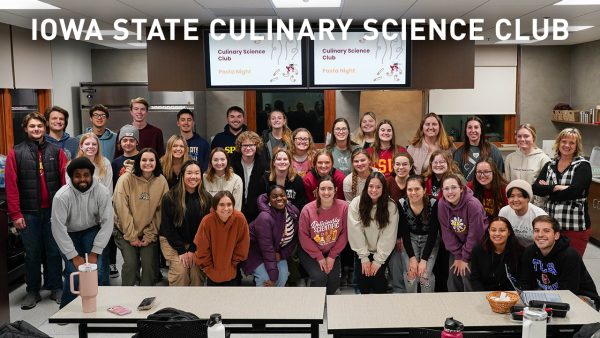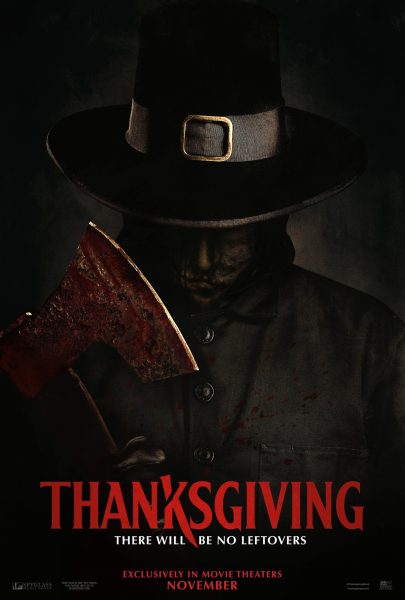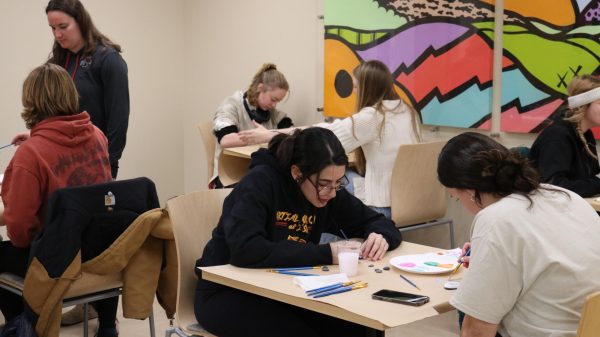Why representation in modeling matters
December 2, 2020
The modeling industry is making long-awaited strides toward diversity and inclusion.
The industry’s rigid standards have excluded many underrepresented groups for years, but that is beginning to change as marginalized groups are featured in more magazines and campaigns.
Historically, the modeling industry has uplifted and catered only to models who reflect Western beauty standards. These beauty standards include features like light skin, small noses, high cheekbones, thin bodies, small faces and straight hair.
According to a 2019 Diggit Magazine article, these standards are influential to the point where they have been adopted into the national beauty standards of countries like Brazil, Saudi Arabia and Japan.
But the people from the youngest country in the world, South Sudan, diverge from these standards. South Sudan is reportedly home to some of the darkest and tallest people in the world.
Before gaining its independence, the country was engulfed in Africa’s longest-running civil war that lasted 20 years. The war came to an end in 2005, when a comprehensive peace agreement was signed.
But it was not until 2011 when South Sudan officially gained its independence from Sudan.
According to BBC News, that civil war claimed the lives of at least 1.5 million people and left 4 million people displaced.
Because of that conflict, South Sudanese actor, model and entrepreneur Kuoth Wiel sought refuge in the U.S. with her family in 1998.
Wiel’s family was settled in Minnesota where she studied social psychology at Augsburg College. During her senior year of college, Wiel was cast for her first film, “The Good Lie,” starring Reese Witherspoon, Ger Duany and Arnold Oceng.
After completing her bachelor’s degree, Wiel moved to Los Angeles to pursue a career in acting and modeling.
Although Wiel is best known for her role in the film “The Good Lie,” she may be a familiar face to those who have seen her featured in Paper Magazine and brand campaigns for Nike and Urban Decay, to name a few.
While her modeling experiences have been mostly positive, the standards of what a model should look like have created challenges for her on set for shoots, she said over a Zoom video call.
It’s common for makeup artists and hairstylists not to have her foundation shade or know how to do her hair, she said.
Before the 2017 launch of Fenty Beauty, a makeup brand that revolutionized the industry when it released a range of 40 shades at its premiere, Wiel said she could understand why makeup artists did not carry her shade.
But after the Fenty Beauty launch, makeup brands quickly expanded their shade ranges to cater to dark skin, making it more accessible for darker-skinned people to find their shade.
“I just would carry my foundation,” Wiel said. ”Most of the time, they don’t do my hair, so I make sure that I style my own hair at home.”
The only person who knew how to do her hair was the barber, she said.
Wiel never has this issue while working in film.
“They would always have someone that can do my hair and someone that can do my makeup,” Wiel said. “Sometimes it gets demoralizing … but we just have to figure out how to look at it in a way where you can go forward instead of just making it a daunting task.”
Despite frequent incidents like this and the apparent lack of representation Wiel sees in these spaces, the journey has been positive.
Wiel has had the opportunity to build friendships and connections with photographers and directors. Her experiences have also helped her plan what she wants to do in the future with her skincare brand, Janubi.
Through her work, Wiel hopes to create an image of possibility.
“Being a child immigrant and coming from South Sudan … puts you in the position to always be a first of something; it doesn’t really matter what it is,” Wiel said. “I just want to be, just an image of what we can be. Hopefully, I’ll be there as someone who will bring that change and hopefully bridge the gap.”
Nyakota Ding, a South Sudanese senior in biology at Iowa State, said seeing South Sudanese people on large platforms like the modeling industry makes her feel represented.
“Being South Sudanese, not many people know our story,” Ding said. “… They’re able to share it and be successful. It’s just really great to see.”
To Ding, representation in the media is important.
“Not being able to see someone who looks like you definitely makes you feel like you’re not able to do certain things that other people can do,” Ding said.
Ding is not the only South Sudanese person who feels this way.
Nyamal Toang, a South Sudanese junior in linguistics at Iowa State, said she has never seen any South Sudanese in the media growing up unless she searched for Nuer, a South Sudanese tribe, music videos.
“It’s about time,” Toang said. “It’s comforting to see more representation of people who look like me doing different things.”
Although it’s nice to see some representation, Toang said she also wants to see different types of South Sudanese people represented in the media.
The media tends to only portray South Sudanese people as models, but they are of all different shapes and sizes, she said.
“Not all South Sudanese people are models, so there should be more representation showing them in different lights,” Toang said.
The Chicago-based boutique agency 10 MGMT is one of the few agencies actively working toward more diverse representations of all people in the media.
10 MGMT is recognized as one of the most diverse and inclusive agencies across the globe. They promote diversity and inclusion by eliminating measurement requirements and working with talent of all backgrounds, gender identities, shapes and sizes and visible and invisible disabilities.
“A lot of the times we’re going to have [agencies] who are signing models of color for the sake of having models of color to book when clients want them, where for us, it’s not about that,” said Zac Koretz, scout and model agent for 10 MGMT. “It’s about making sure that we’re creating equity and opportunity for all people, especially underrepresented people.”
There is a difference between diversity and tokenization, Koretz said.
In the modeling industry, people have tokenized talents of color for the sake of saying they’re diverse. The Black Lives Matter movement has increased this because people want to seem like they’re a part of the conversation, Koretz said.
Competing agencies that have never supported Black models, posted Black models on their platforms or represent any Black talent started to post them to seem more diverse.
These agencies were tokenizing talent because they treated Black people as a trend. They failed to reflect on how they can enact change within their own company to uplift underrepresented communities in the present and the future.
Since agents are the intermediaries between brands and models and ultimately supply the talent for brands, it’s crucial to have an agent who understands their client’s needs, Koretz said.
While Koretz was working with Foot Locker on a running project, the brand requested a New York-based model to pose in new shoes and athletic wear.
Koretz supplied them with potential models who fit their script and added one who didn’t — Carson Tueller.
“He doesn’t fit the [script], but he is this really awesome guy,” Koretz said. “He grew up in Salt Lake City, Utah. The year he came out as a gay man, he was actually in an accident and was paralyzed.”
The accident left Tueller unable to walk and in a wheelchair.
Before the accident, Tueller was an avid runner and physically active. He continues to be physically active despite being in a wheelchair.
Shortly after sharing his story to the team at Foot Locker, Tueller was booked as the first Foot Locker model ever to be in a wheelchair.
“We have such a strong influence on what clients do,” Koretz said. ”I think it’s such necessary and meaningful work, and I like that we really do that as an agency rather than pushing the models we know [they] are going to book.”
Although 10 MGMT is more diverse than most firms, they recognize they still have growing to do.
In June, the company posted its diversity statistics of the talent they represent in support of the Pull Up For Change movement, a direct action movement dedicated to creating economic opportunities globally for Black people.
The statistics reflect that 10 MGMT represents talent that is 20 percent Black, 37 percent people of color and 55 percent women.
“When we were working on those numbers, we personally were even shocked that the numbers were as low as they were for us,” Koretz said. “It’s never intentional, but we’re holding ourselves accountable, you know, to make sure that we’re continuing to do better for people who are oftentimes underrepresented.”
They set a goal and are actively working to fill their roster with 50 percent talents of color.

